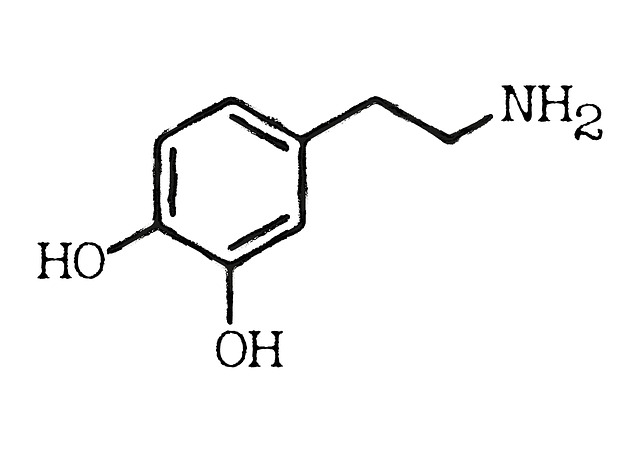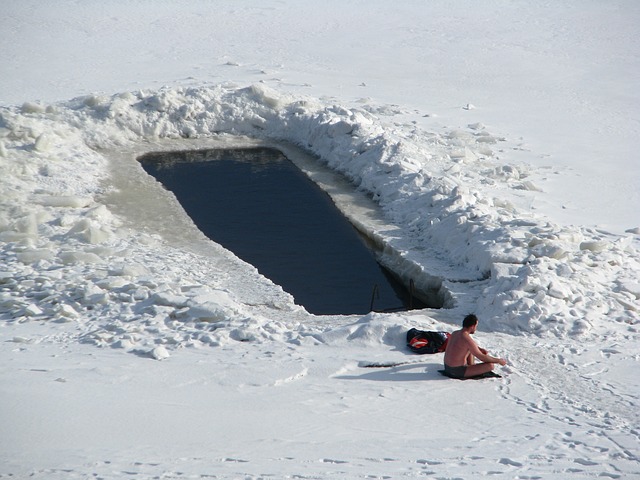
Did you know that people who are struggling with depression are lacking dopamine molecule? Feeling stuck in life and unmotivated is mainly caused by a deficiency in dopamine.
Seems that dopamine has been lately given a bad label, likely due to social media giants tactics to keep us addicted to their products. With documentaries like Social Dilemma, exposing the true intentions of these companies, we're presented with a point of view, which in a way classifies dopamine as the evil one, whereas the hormone itself is what drives the evolution of the human species and the fact is, that it's misuse is actually what's dangerous to us. What I mean by misuse is associating the dopamine release with the reward but not with the pursuit. In other words, the win should never be more rewarding than the effort. Why? Simply put, because you won't crush as hard. When you're expecting something to be really great and in reality it isn't quite that great, your dopamine levels lower (the actual term for this is dopamine reward prediction error). In result, even though you've achieved a win, it might actually feel as if you've lost. On top of that, dopamine is associated with pain, and each time you achieve a win, the pain levels slightly exceed those of dopamine. You kind of get the 'what now?' feeling. By getting that huge spike of dopamine associated with the win, you're not only lowering your dopamine baseline but also end up with a greater amount of pain.
The carving, the pursuit is how you'd want to get your dopamine. In addition, cold therapy, can deeply influence your body chemistry, and create spikes in your dopamine levels.
Now, studies show, that only 20 seconds in an icy water (around 4.4 degrees Celsius) boosts your dopamine levels up 250%, epinephrine (which is adrenaline, which is manufactured by dopamine) levels up 600%. Basically, your body is floated with chemicals - studies show that the amount of chemicals being released to your body after an ice bath is comparable to the one you'd get after a bungee jump!

I realize, jumping into icy water is easier said than done. First of all, you'll be facing a mental battle when voluntarily exposing yourself to a great amount of pain - your mind would naturally try to avoid it, giving you a number of excuses. Another thing is logistics. Depending on where you live, it might be difficult to cool down the water to 4 degrees Celsius. During the summer, the cold water in the tap in my flat was around 19 degrees Celsius (now it's closer to 16 degrees) and two 10 liter buckets with ice poured into the bath would only cool it down to around 11 - 12 degrees. During the winter, when it's freezing outside, jumping into a lake or a pond (an outdoor swimming pool or a tub) could be the way to go. But again, you need to plan. You might be needing an axe or a saw to break the ice if the water surface is frozen. Additionally, you need to keep yourself warm before and after the ice bath - this involves taking some extra warm clothes with you, a towel to step on and one to rub yourself off. Doing some extensive warm up will make your whole experience more pleasant and you'll prevent your core from getting cold.
Despite all the additional difficulties, taking a bath, surrounded by nature, is by far the best choice if you prep the right way. Another option is getting a chest freezer and filling it with water. This way you'll be able to get an experience close to the one you'd get out in the nature, but in the comfort of your home. If you'd like to know how to set up your chest freezer to work as an ice bath or you're interested in finding out how to make a lot of ice cheap, be sure to subscribe to the cold therapy community, coz soon I'll be dropping a post that'll be packed with tips & tricks related to the cold therapy, so you don't have to go through the hustle of learning everything by yourself.
This was intended to be one post, covering dopamine management with cold therapy & breathing, but I decided to split it in two. This way there's less information to grasp at once. In the next post I'll be blabbing about something as simple as breathing, and how it can influence your dopamine levels. Stay tuned :)
PS. Yesterday I've published a piece about the breathing technique created by Wim Hof, so while waiting for the part two, why won't you get familiar with it, to get an idea why it works and why it's crucial to implement it along with the cold therapy.